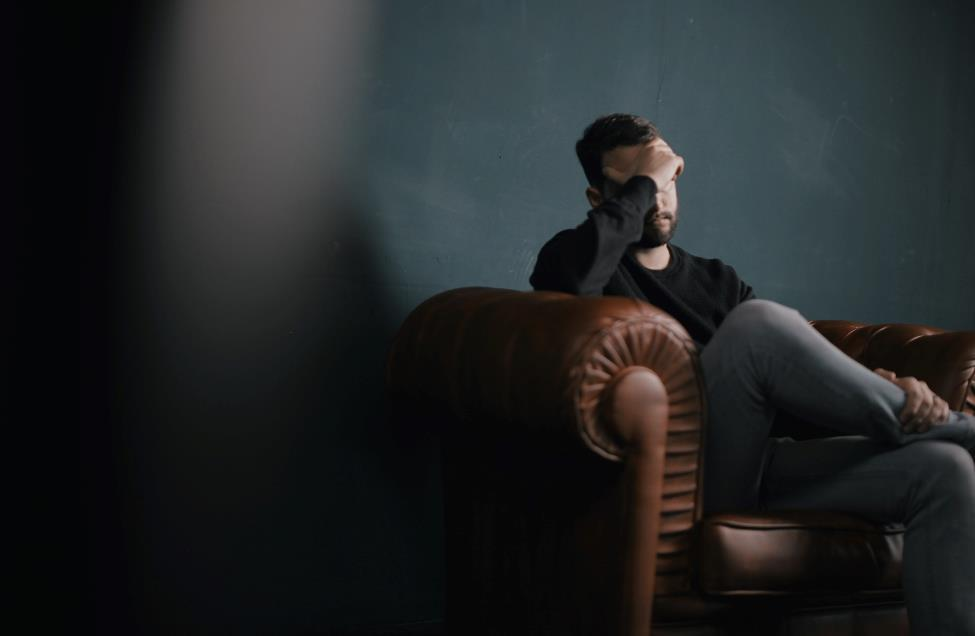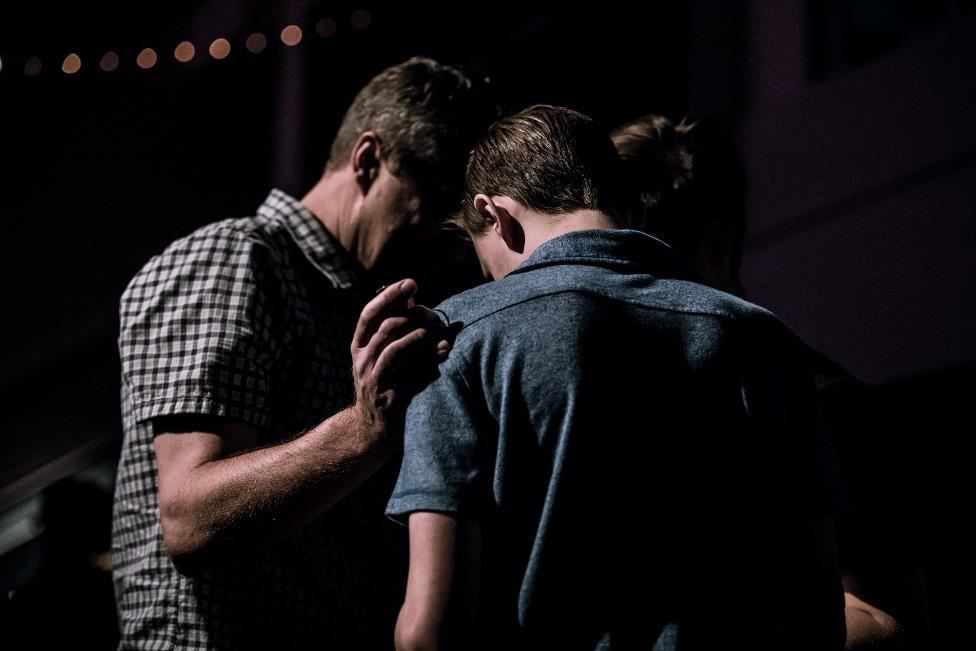A seizure, also known as a spasm, convulsion, or fit, is a sudden and intense electrical activity in the brain that cannot be controlled. While there are different types of seizures, depending on their causes, they are considered epileptic when someone suffers from two or more seizures within twenty-four hours.
If someone suffers from seizures in the same space you occupy, whether in the home, school, office, etc., equipping yourself with the knowledge to provide first-aid for seizures can be significantly helpful. So without further ado, let’s take a look at the requirements for first-aid for seizures:
Identifying an Epileptic Seizure
As mentioned above, the cause of seizures is considered epilepsy when an individual suffers two or more within twenty-four hours. While most people assume a seizure as falling, shaking, and losing consciousness, epileptic seizures don’t always appear this way and can be difficult to identify.
Therefore, first-aid for seizures begins with identifying them. Here are the five types of seizures that epileptics may experience:
Simple Focal Seizures
Simple focal seizures are also called partial seizures since they occur in only one part of the brain. These are the least noticeable type of seizures as they only lead to twitching and a change in senses of taste and smell.
Complex Focal Seizures
Complex focal seizures occur in multiple parts of the brain but not the entire brain. However, the parts of the brain these seizure effects are on the same side. They hinder the patient’s ability to make sense of their surroundings, leaving them dazed or confused. A patient experiencing a complex focal seizure may be unable to answer clearly until it lasts.
Absence Seizures
Absence seizures are characterized by staring into space, looking at nothing, and rapid blinking. It affects the entire brain.
Tonic-Clonic Seizures
Tonic-clonic seizures are the most easily identifiable seizures. They are characterized by the patient losing consciousness, falling to the ground, and experiencing uncontrollable muscle spasms. Tonic-clonic seizures may also make the patient cry out before experiencing other symptoms and feel tired afterwards.
Secondary Generalized Seizures
Secondary generalized seizures may last the longest, starting in one part but spreading all over the brain. Thus, the patient experiences a simple or complex focal seizure and then an absence or tonic-clonic seizure.
Pre-Hospital Medical Care for Epileptic Seizures
After identification, first-aid for seizures depends on the type of seizure. Here’s how to provide pre-hospital medical care for different types of seizures:
First-Aid for Simple Focal, Complex Focal, and Absence Seizures
First-aid for simple or complex focal, or absence seizures begins with staying with the person experiencing the seizure until it ends and they become conscious and alert. This is essential as it ensures their safety when they cannot keep themselves safe.
Once the seizure is over, informing the patient what happened to them is important. If they have been diagnosed with epilepsy, the information allows them to note their seizure so they can discuss it with their doctor. If the patient experiences a seizure for the first time, the information allows them to change their plans for the day to prioritize their health. If the patient appears confused, check their wrists for a medical bracelet so you can call for help accordingly.
Offering comfort to the patient can help make them feel better. If the patient isn’t a household member, offer calling a family member of theirs or a taxi to ensure they get home safely. On the other hand, if the patient is a household member or close friend, consider dropping them home.
You must not panic about the patient’s situation as it can stress them, triggering seizures for epileptics. Keeping others people in the space calm is equally important.
First-Aid for Tonic-Clonic Seizures
First-aid for tonic-clonic or secondary generalized seizures involving tonic-clonic seizures requires greater and more immediate care. Don’t wait for the patient to fall on the floor if you hear them crying out. Rush to their side and help them lay on the floor gently, so they do not get injured. Fall protection inspection training and fall protection courses can prepare you save the patient from falling.
Once the patient is on the floor, clean the area surrounding them and remove their eyeglasses or loosen their tie if they are wearing any to ensure further safety. You can place soft support under their head, such as a folded scarf or jacket, and turn them on one side to ease their breathing. Turning the patient on the side is also essential to allow fluids draining from their nostrils or mouth to flow and not block their airway.
Stay by the patient’s side and monitor how long the seizure lasts. Tonic-clonic seizures usually last between one and three minutes. A seizure lasting any longer than that requires calling 911 for immediate help. If the seizure doesn’t last more than three minutes, help the patient sit up. Don’t abandon the patient at this point. Offer comfort and call someone for them.
Dos and Don’ts of First-Aid for Seizures that Can Save Lives
For all types of seizure, stay with the patient and ensure their safety until they appear fully alert and confident of taking care of themselves or until help arrives. You can also help the patient identify any injury they sustained during the seizure. Allow the patient to stay alert for at least fifteen minutes before they take prescription medicine.
Asking the patient how you can help them can prove life-saving. If the patient turns out to be pregnant, suffered from a seizure underwater, doesn’t seem to gain complete consciousness, or suffers another seizure, call 911 immediately.
On the other hand, holding the patient down, putting anything in their mouth, giving them CPR, and offering them food and water, can worsen their health. Do not allow the patient to leave the safe space, i.e., walk outside on the street or get close to equipment or tools that can injure them.
Prepare for Emergencies and Help Save Lives
According to WHO, one in every ten individuals suffers a seizure at least once in their lifetime due to epilepsy and other health issues. If you want to train yourself to detect and provide first-aid for seizures to help family members, colleagues, and strangers, consider getting trained in emergency first-aid.
At Metro Safety, we can help train you on detecting signs of epilepsy, keeping the patient safe, and ensuring a safe environment for them. We also help our trainees stay calm and practical in emergencies to provide the most effective first-aid for seizures, especially for tonic-clonic seizures, through fall protection training and fall protection safety plan.
Register for emergency first-aid training, i.e., first-aid level 1 Vancouver, OFA level 1 Vancouver, fall protection training BC, or OFA 1 training, by clicking here, or find more upcoming courses here.







